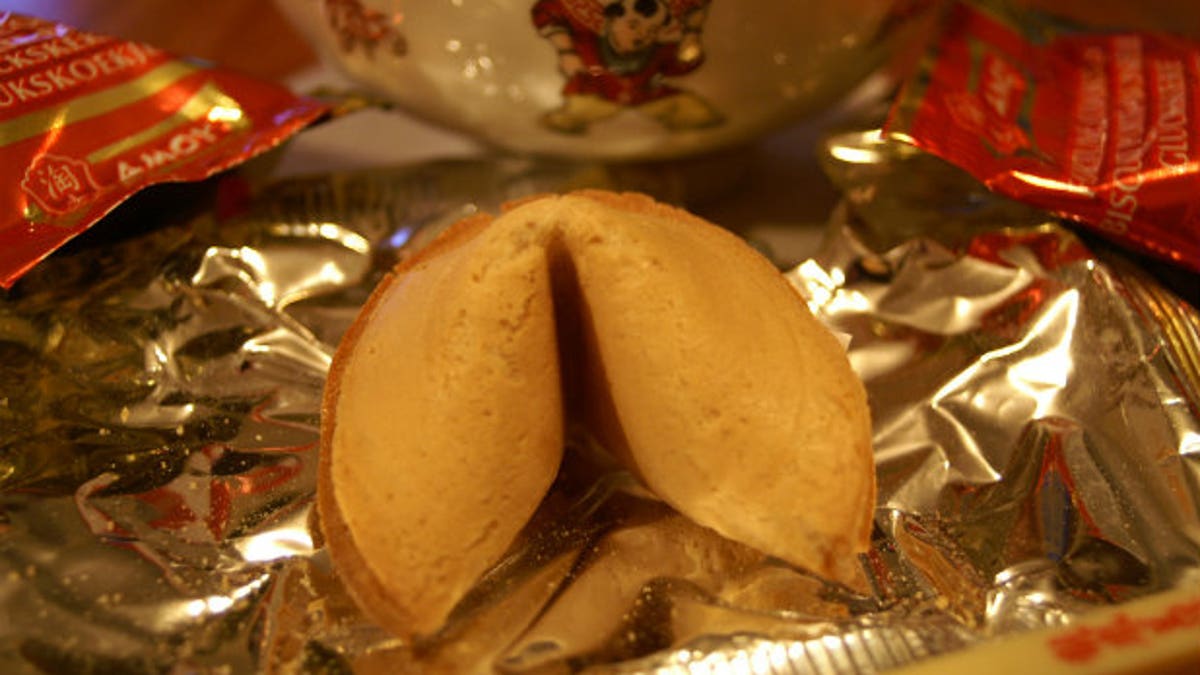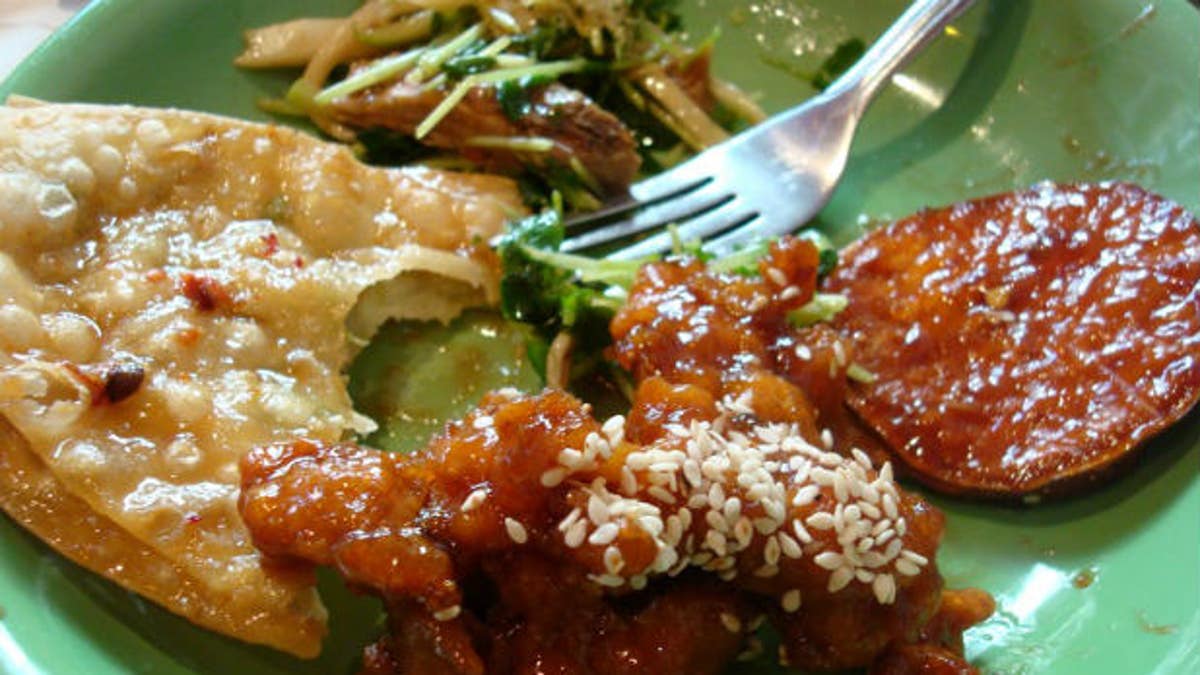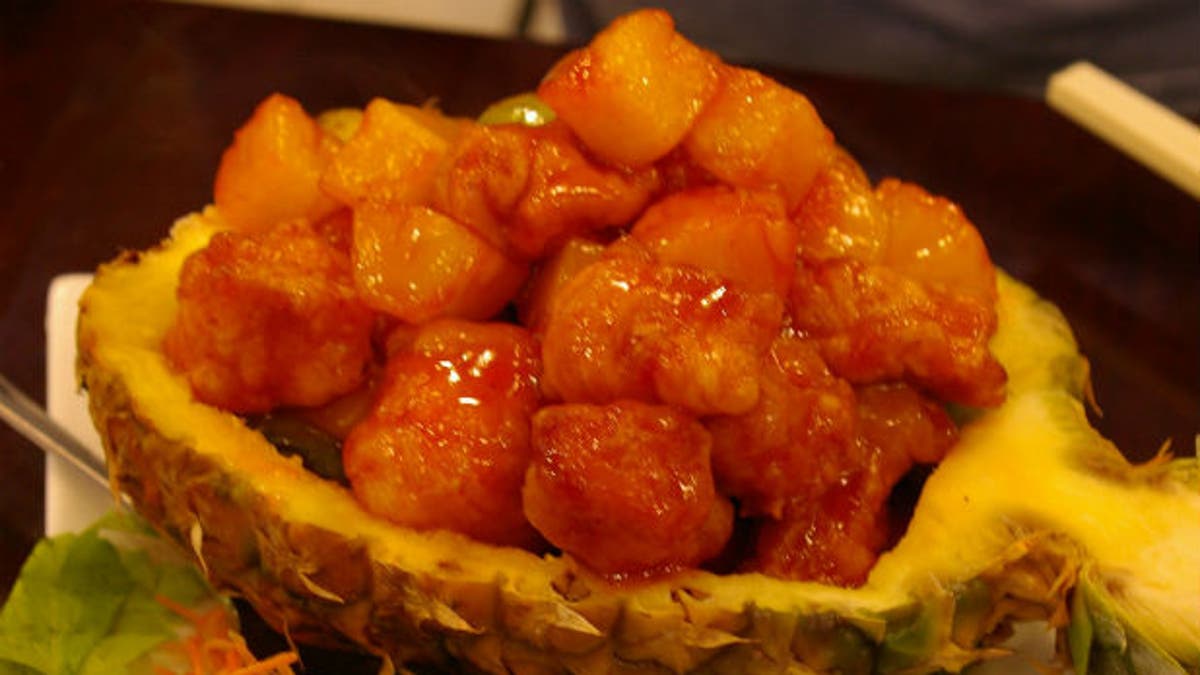Most of us know that all the Chinese foods we know and love: General Tso’s chicken, sesame beef, sweet-and-sour everything… none of these are actual dishes eaten in China. American Chinese food is really a cuisine all on its own, an amalgamation of Asian, continental, Latin, and local flavors that have become an indispensable part of most dinner plates.
According to historians, Chinese local fare came to the American West Coast during the Gold Rush, brought over by Chinese immigrants from the southern territories of mainland China. Records show that many of those immigrants had trouble finding work when they arrived in the U.S. and they turned to the food service industry to support themselves. In a new location with different local ingredient availability, the food began evolving to include vegetables such as tomatoes available in the Americas but not China.
Since then it adapted and fused with countless other global tastes to become the popular food we know today. Still, there are many interesting facts about Chinese food in America that are not as well-known.
1. It’s a Mashup of Chinese, Japanese, and Italian Food (Among Others)

(The Daily Meal/Flickr/ Tim Ellis)
Chinese American dishes actually have multiple influences from many world cultures. Crab Rangoon, for example, is actually a French Polynesian-inspired dish from San Francisco. The Chinese Fortune Cookie is really more of a traditional Japanese cracker adapted for American Chinese restaurants, and many of the noodles used today are really Italian-inspired cuisine.
2. It Uses Vegetables That Aren’t Even Available in China

(The Daily Meal/ Flickr/ Cau907)
American Chinese cuisine is packed full of vegetables like carrots, tomatoes, and broccoli… problem is that none of these ingredients are native to China so very few traditional Chinese dishes were made with them. Traditional Chinese food actually uses a lot more green onions, daikon, and a bitter leafy broccoli. American Chinese food also tends to treat vegetables as a garnish, whereas in traditional Chinese cuisine, vegetables and rice (or noodles) are actually the main component of the dish.
3. The Hipsters Made It Popular

(The Daily Meal/ Flickr/ Janet Lackey)
The West Coast bohemian culture really took to American Chinese cuisine in the 1920s, but it wasn’t until after World War II that it started to become really popular. Originally there were two menus available — an American one and a Chinese one, each catering to different preferences, though soon the beatnik palate started to dominate and the American menu was left standing.
4. The Canned Food Industry Took It Mainstream

(The Daily Meal/ Flickr/ Philip)
A big difference between American Chinese food and the more traditional variety is the proliferation of dishes with sweet syrupy sauces. This is because many of the ingredients used canned fruits like pineapple and cherries, which came drowned in sugary syrups. The sweet and savory combinations proved a hit with the American public and the cheaper canned ingredients kept the prices lower, which seemed like a win-win for everyone.
Today even though some eateries offer healthier versions of these dishes made with natural ingredients, those canned-food flavors still haven’t changed... sweet and sour pork, anyone?
Learn more about American Chinese food at The Daily Meal
More from The Daily Meal
America’s Best Chinese Takeout
'Chinese' Food You Won’t Find in China
The New Breed of Upscale Authentic Chinese Restaurants
